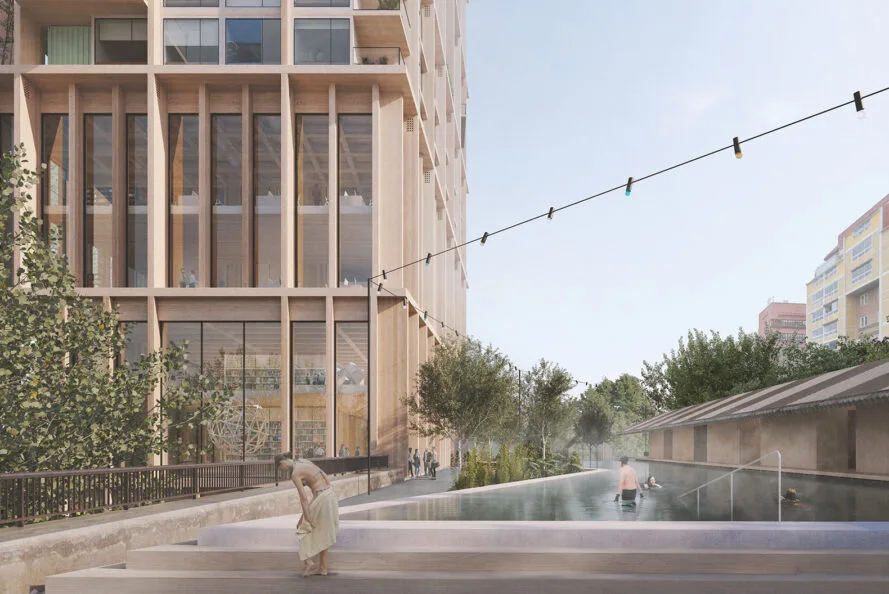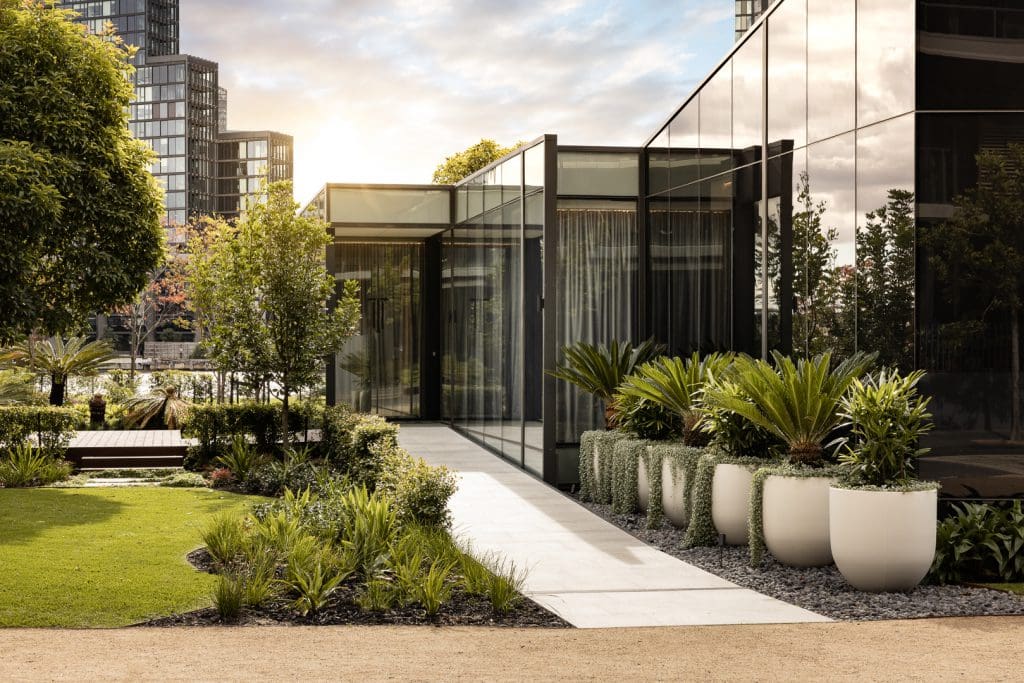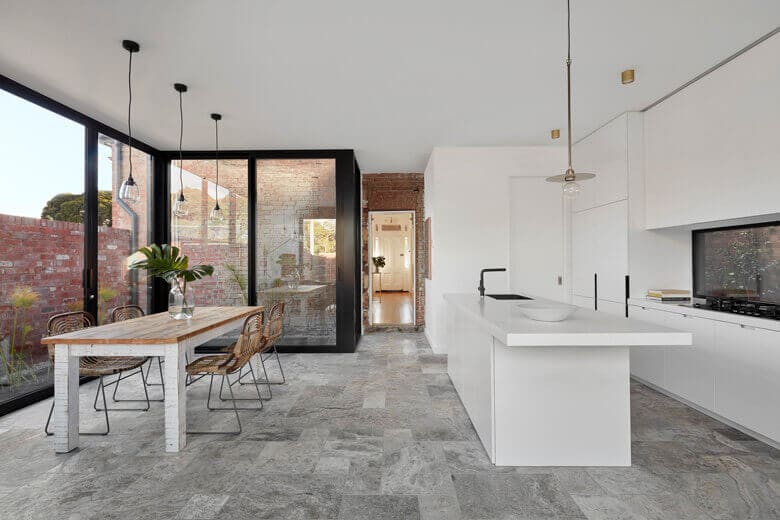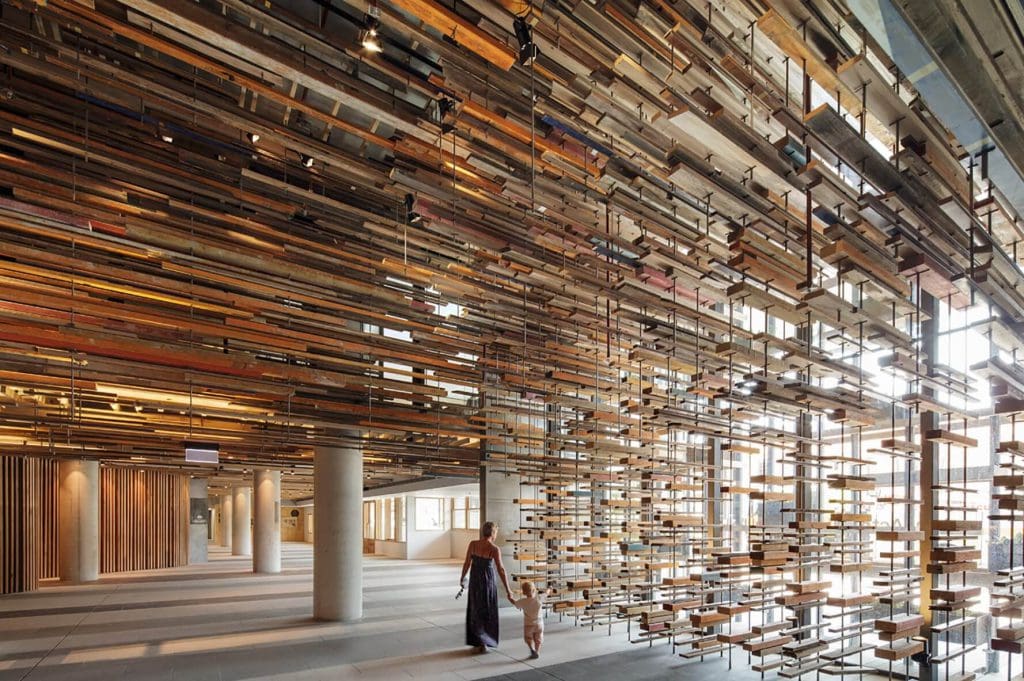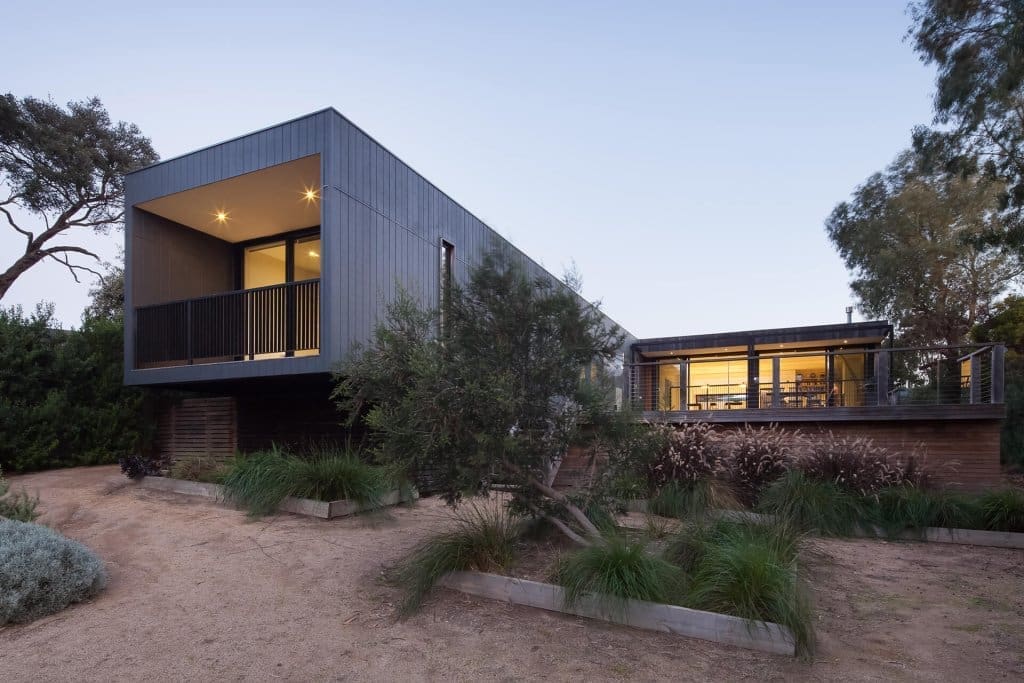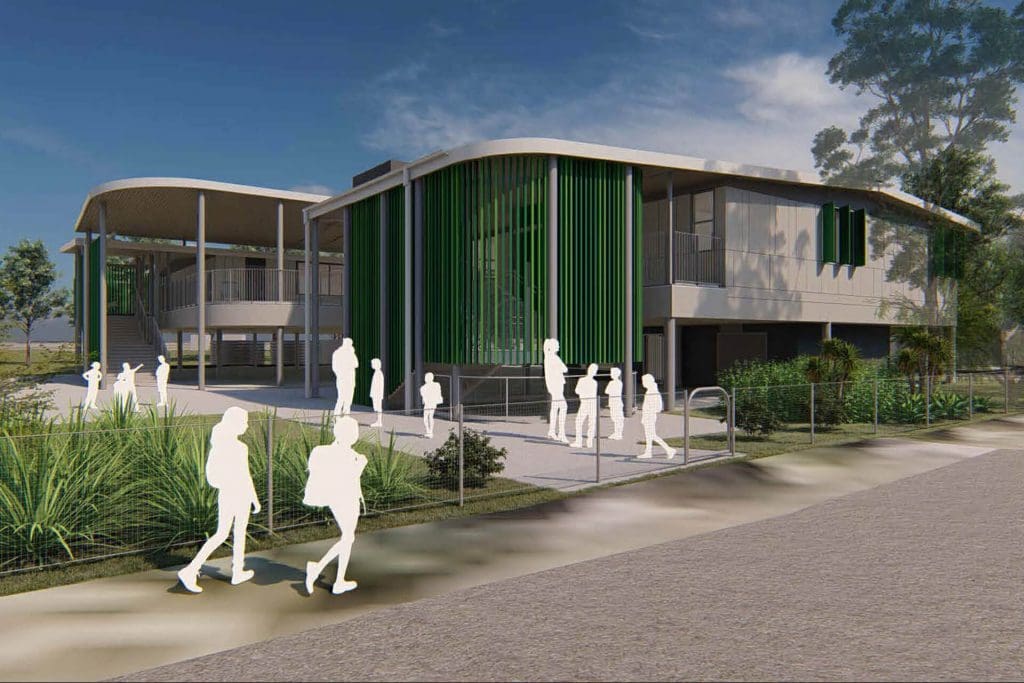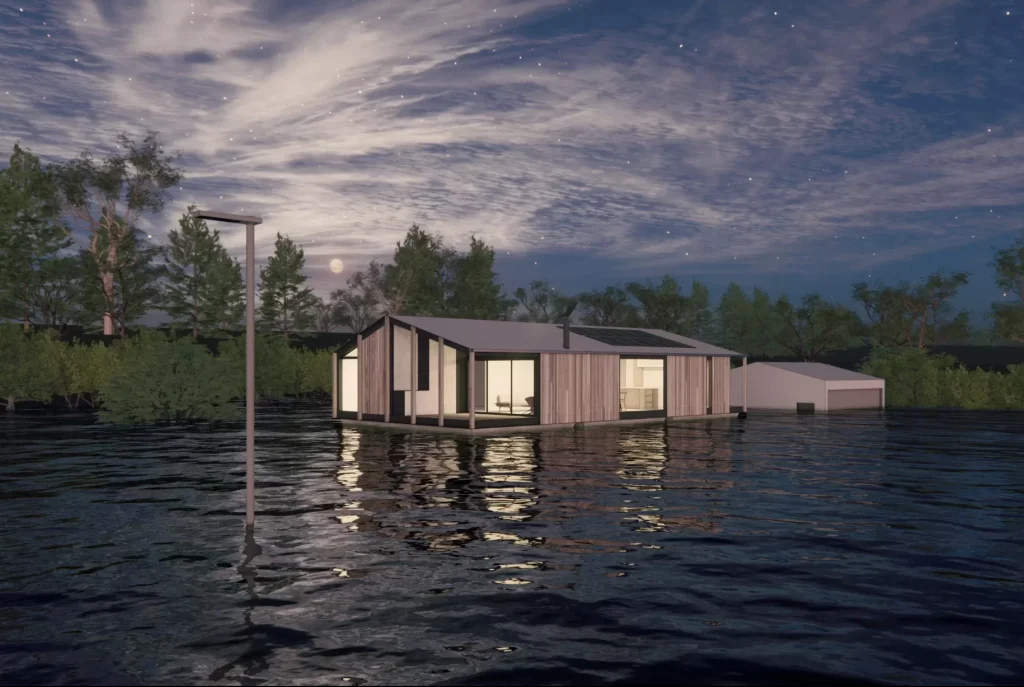Trending Up: The Future Of High-rise Buildings Is Modular

For the cities of the future, management of space – especially vertical space – will continue to evolve. The smart and efficient design of high-rise buildings has never been more important, and a modular approach has a major role to play. To the uneducated eye, implementing modular construction in high-rise buildings can be perceived as a tall order. However, there’s already been several success stories to draw from, particularly in Europe.
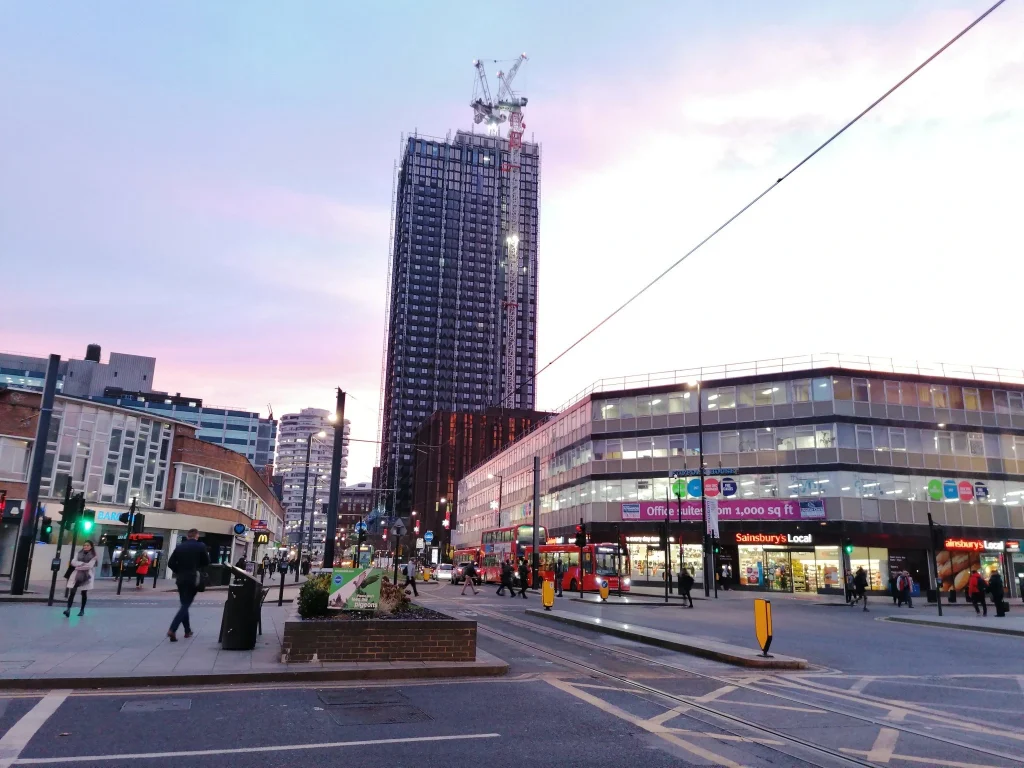
Completed in mid-2021, the 135m tall Ten Degrees Croydon in South London is world’s tallest modular building. Delivered by Tide Construction and Vision Modular Systems, and designed by HTA, the impressive structure consists of 546 homes in a pair of 38 and 44 storey towers. A variety of modern construction methods were employed, including the use of virtual reality and 3D printing for rapid prototyping and planning of the eye-catching angled modular façade.
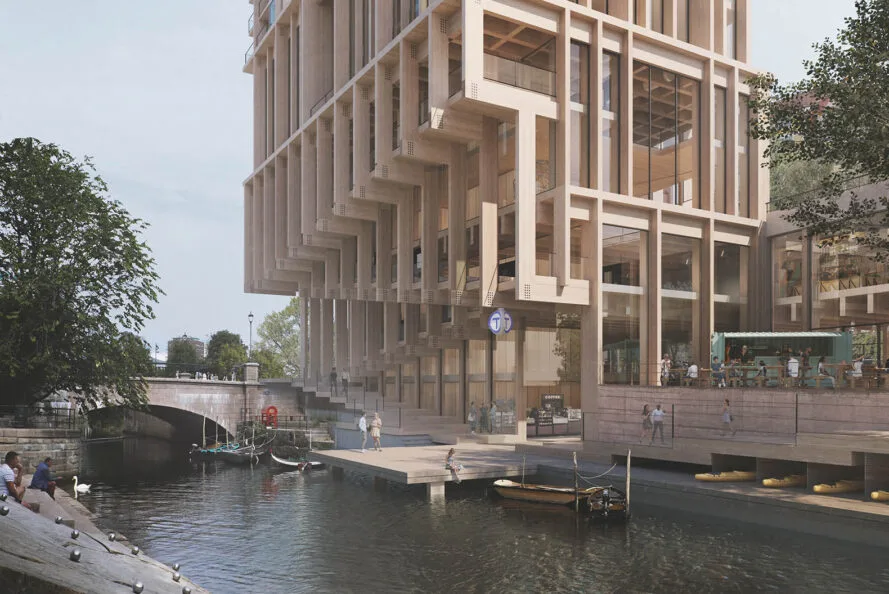
Ten Degrees is certainly a feat for modular builds worldwide, but the next evolution looks to be on the horizon. Enter the Regenerative Highrise concept, a collaboration between London/Oslo based Haptic Architects and high-rise engineering experts Ramboll. The future-forward design brings together modular and sustainable building practices to future-proof construction and meet the needs of growing inner-city populations. From one look at the façade, it’s clear to see that wood is the primary construction material, chosen for its ease of use, as well as its low-carbon properties.
Additionally, the timber also is modular by design. Fixed, structural decks are stacked vertically to make the best use of vertical space in dense urban environments. They also connect in such a way that the building can undergo retrofitting as needs change in the future. Preformed pods can be removed or rearranged, changing the footprint of the building without need to wasteful demolition.
‘The most exciting component of the Regenerative Tower is the idea of vertical land creation,’ said Shonn Mills, Global Director Ramboll High Rise. ‘With the tower, we are essentially producing volumes that can flex and change in use and character with the needs and requirements of the city. This makes sure the building stays competitive and relevant far longer than the normal building life cycle, which also makes it more sustainable.’
A universal design concept that can be easily implemented anywhere in the world, Regenerative Highrise has the potential to reshape how we think about multi-generational housing, commercial space, and hotels. While there’s still questions over the future of modular high-rise, things are definitely looking up!
Read more about what inspires us here. To enquire about building your project using the most sustainable methods, contact us today.
